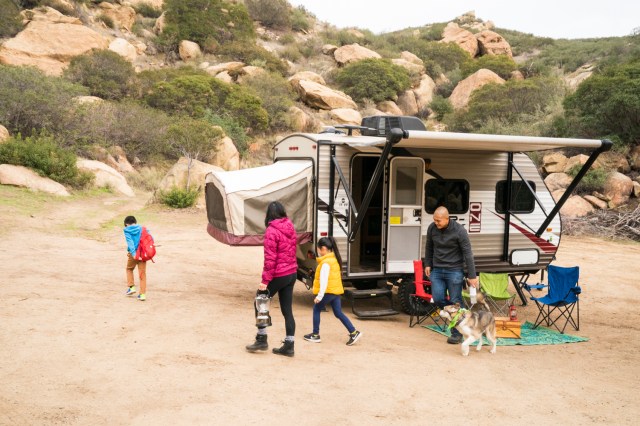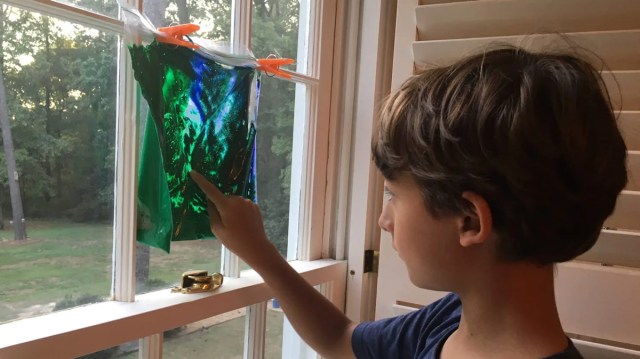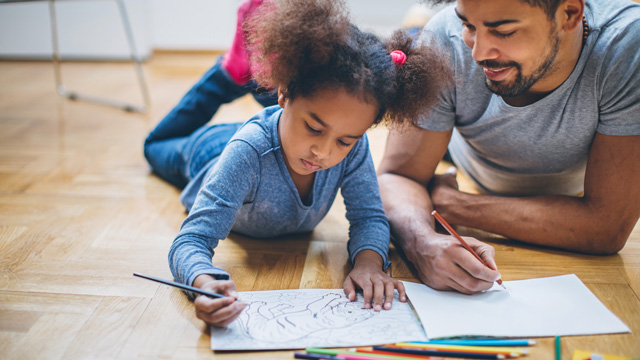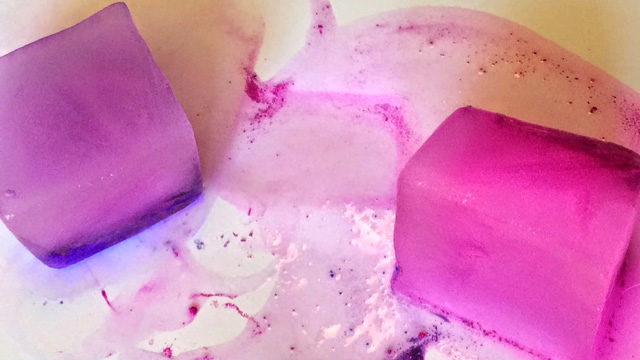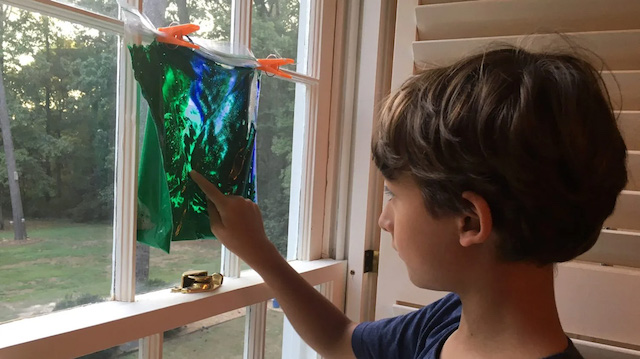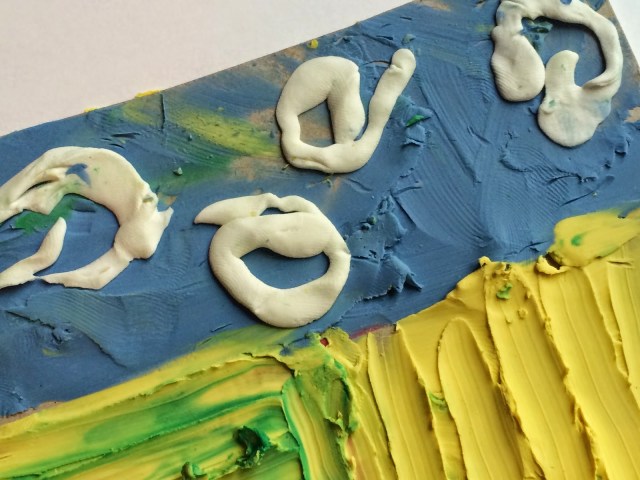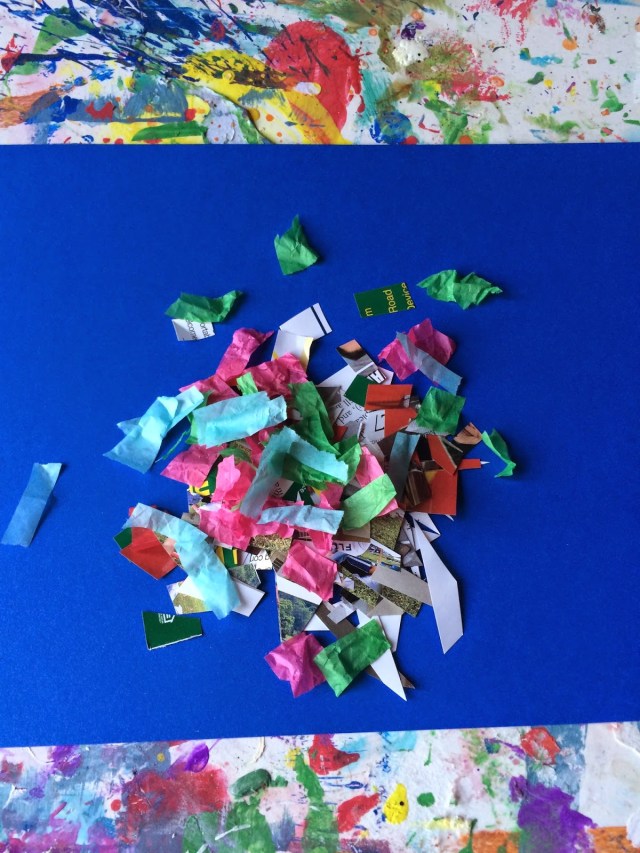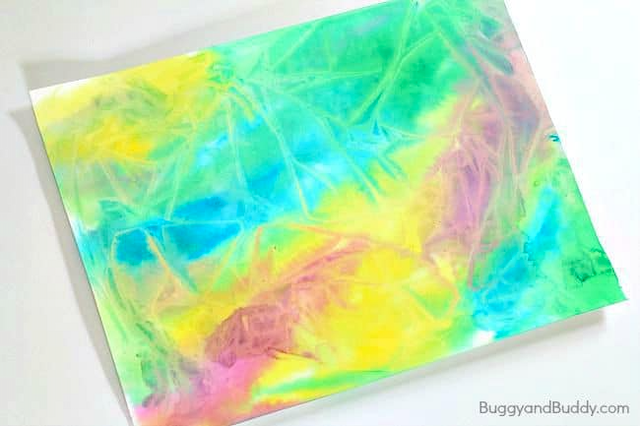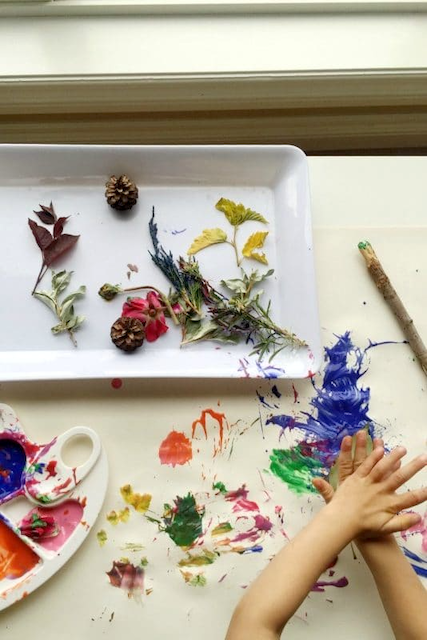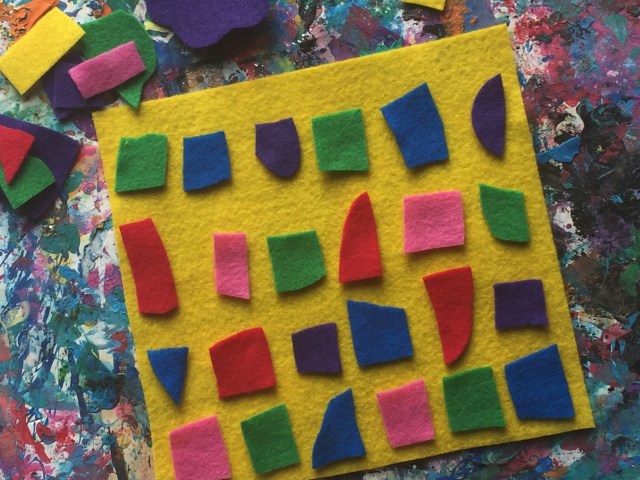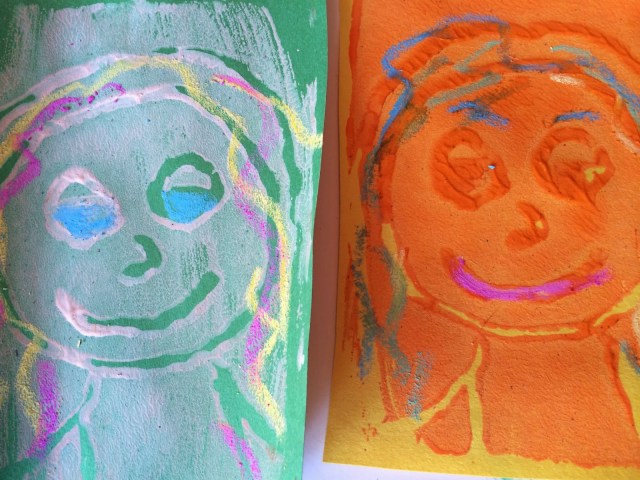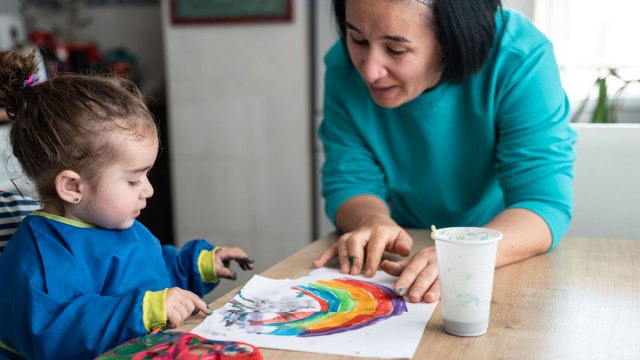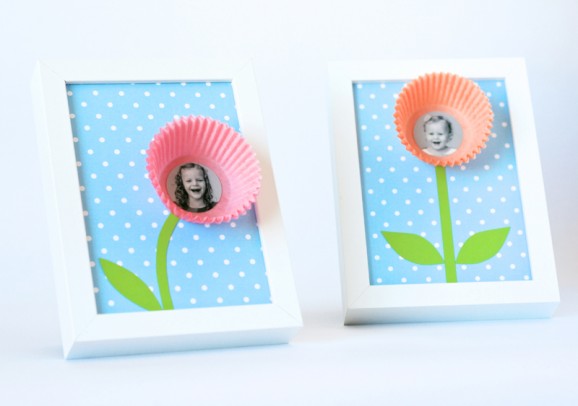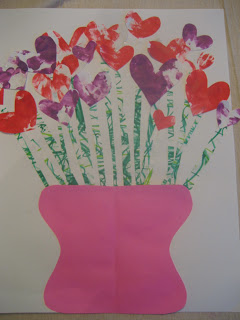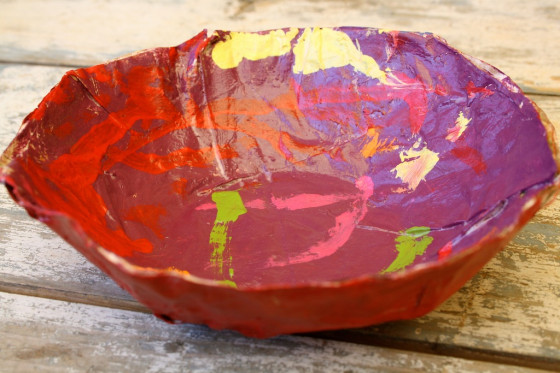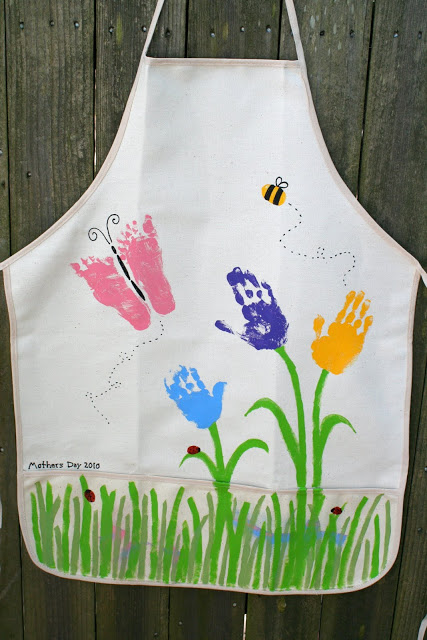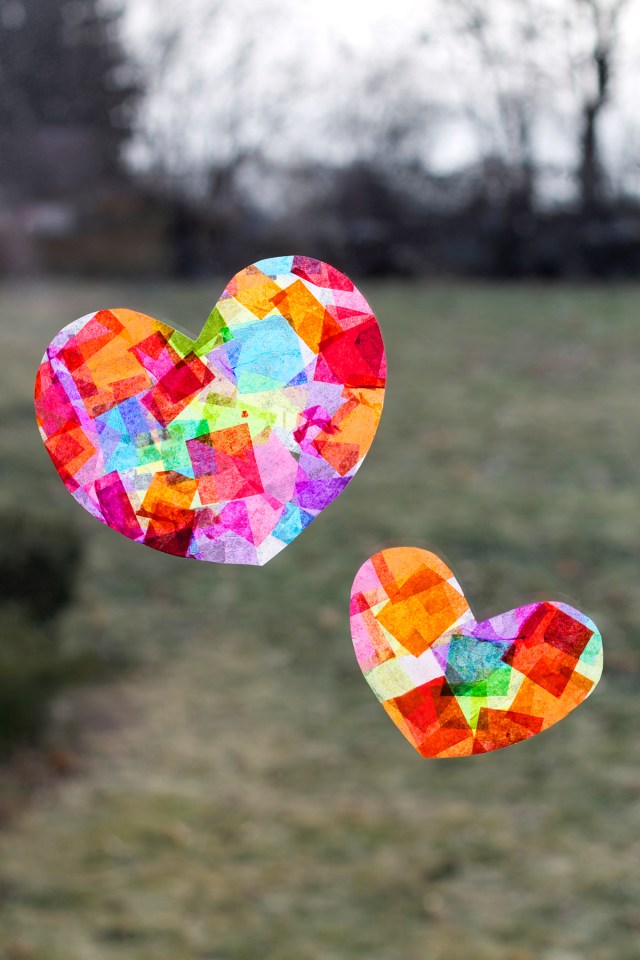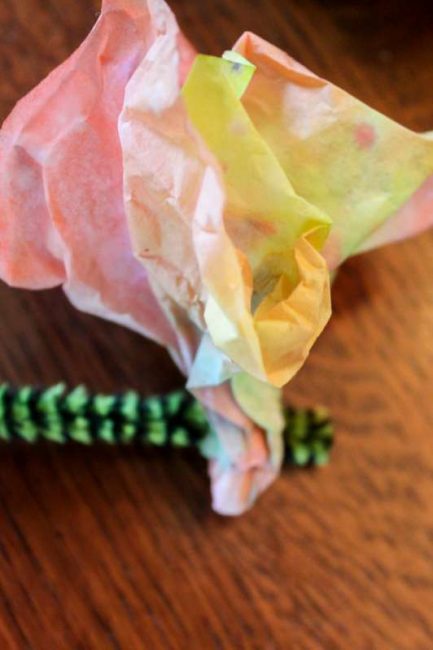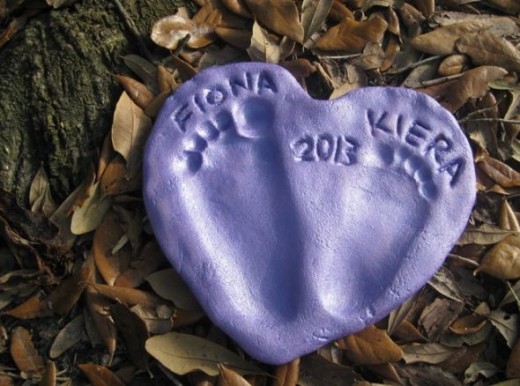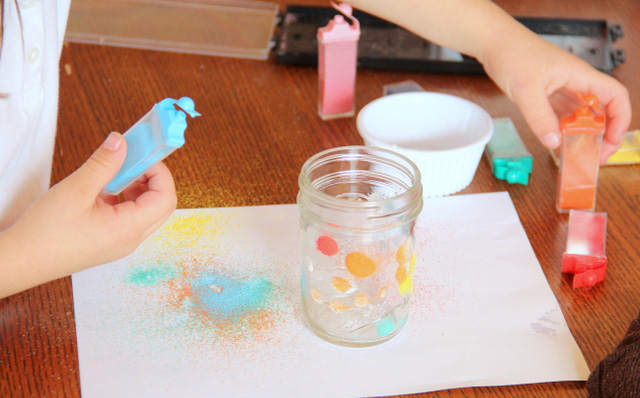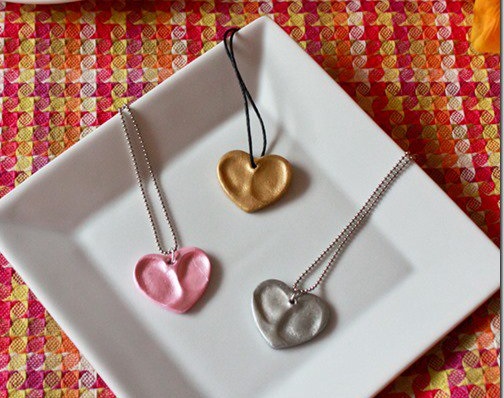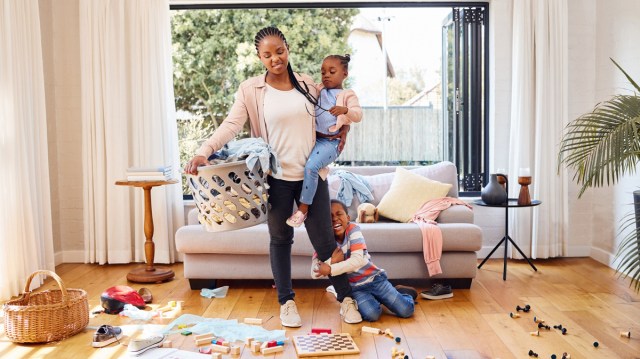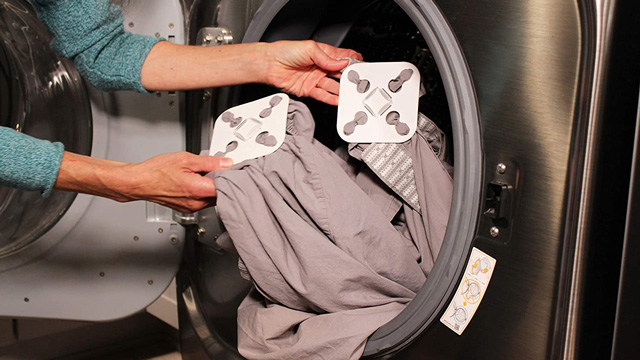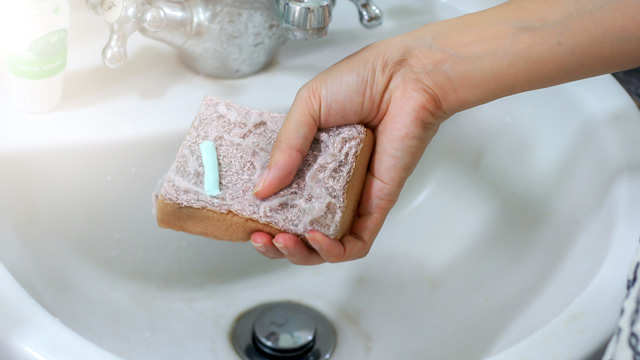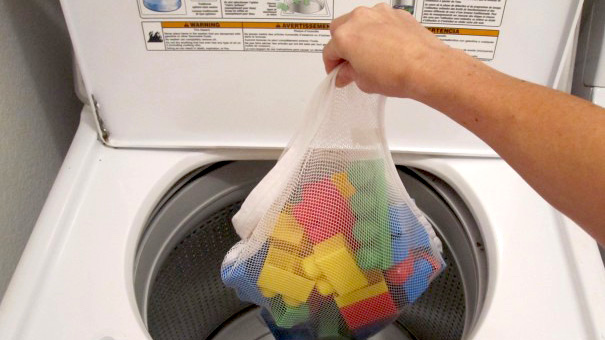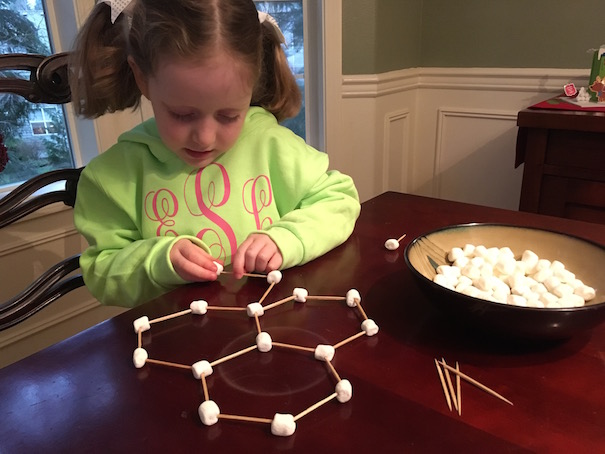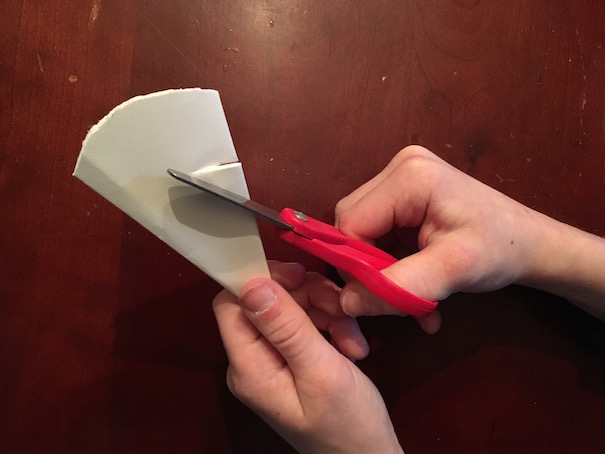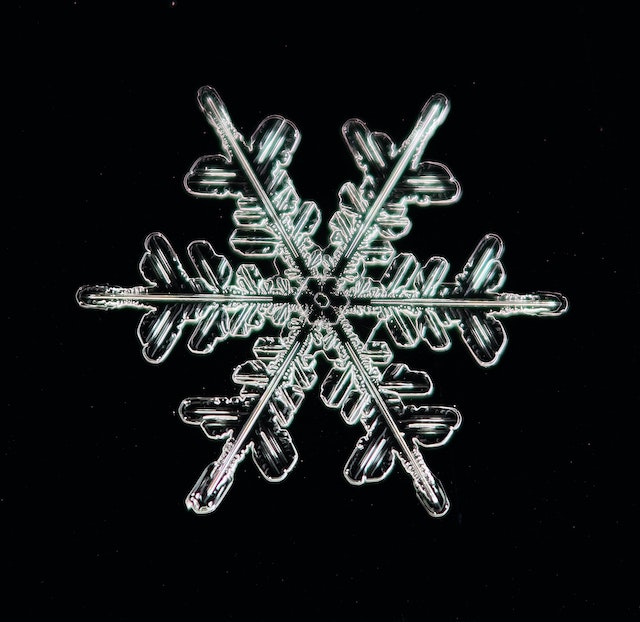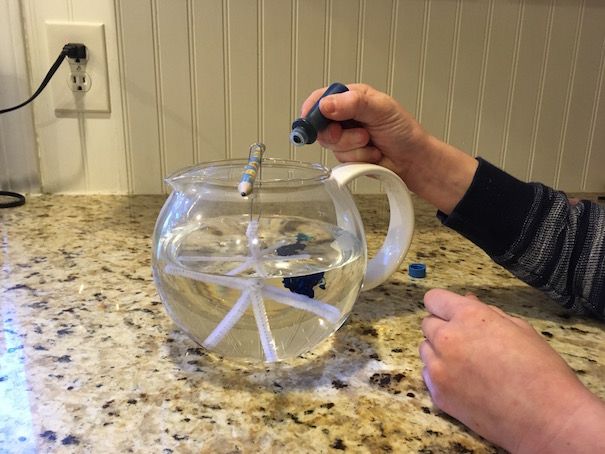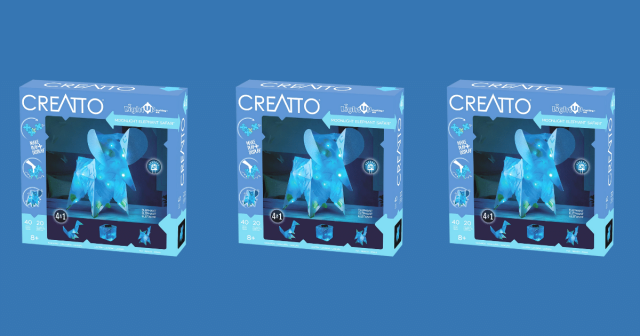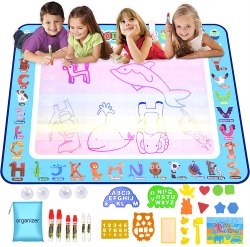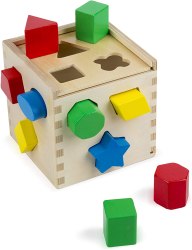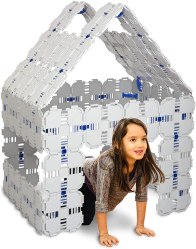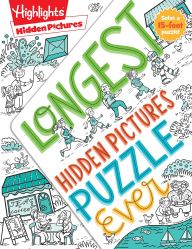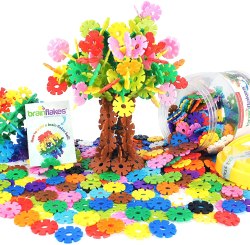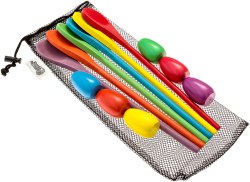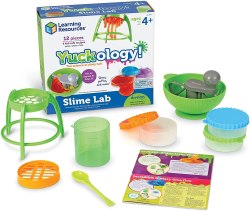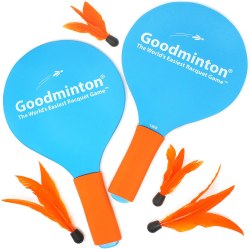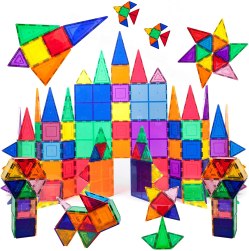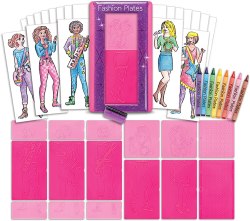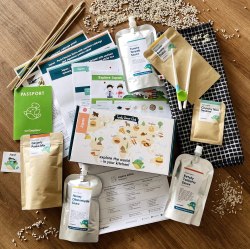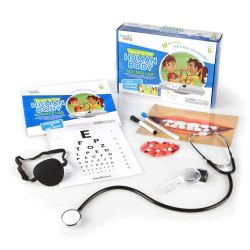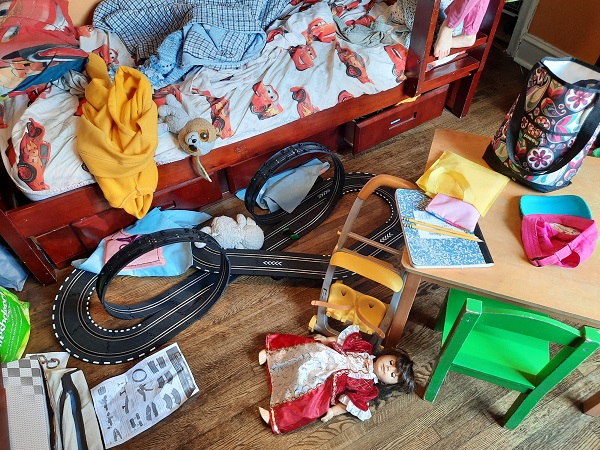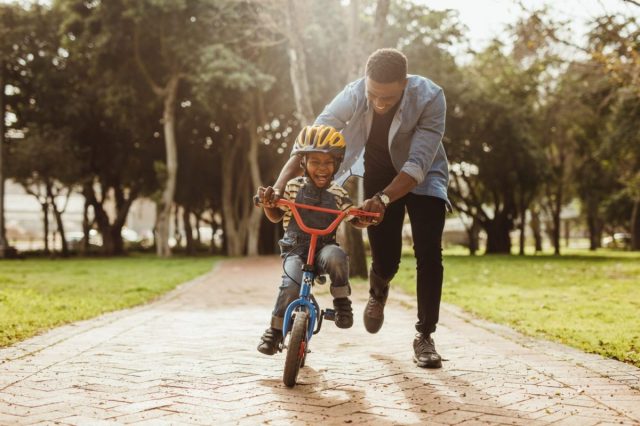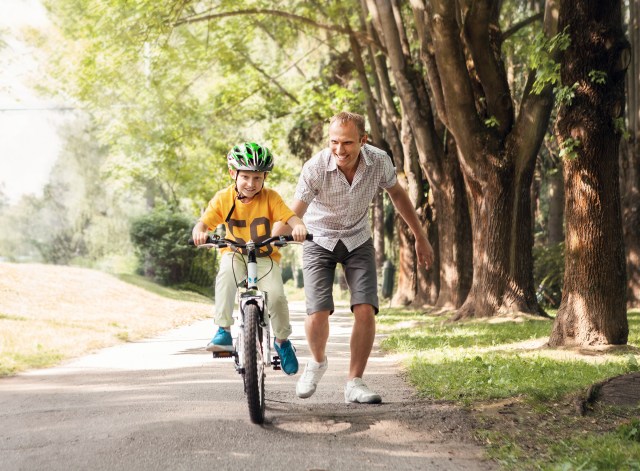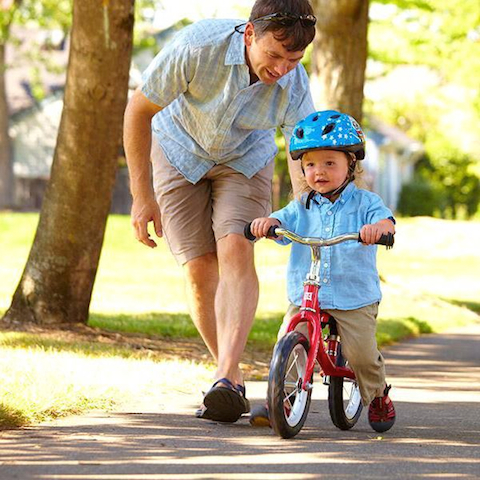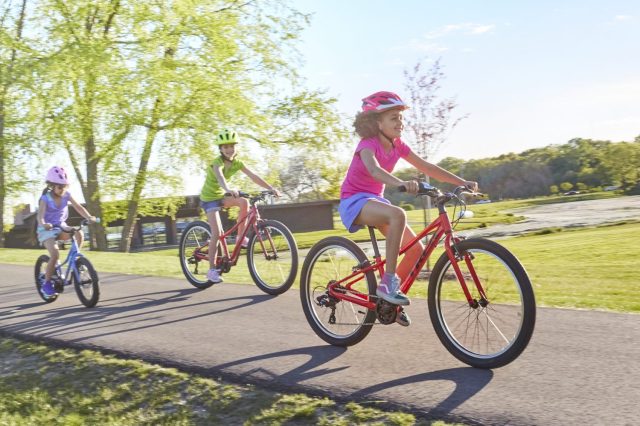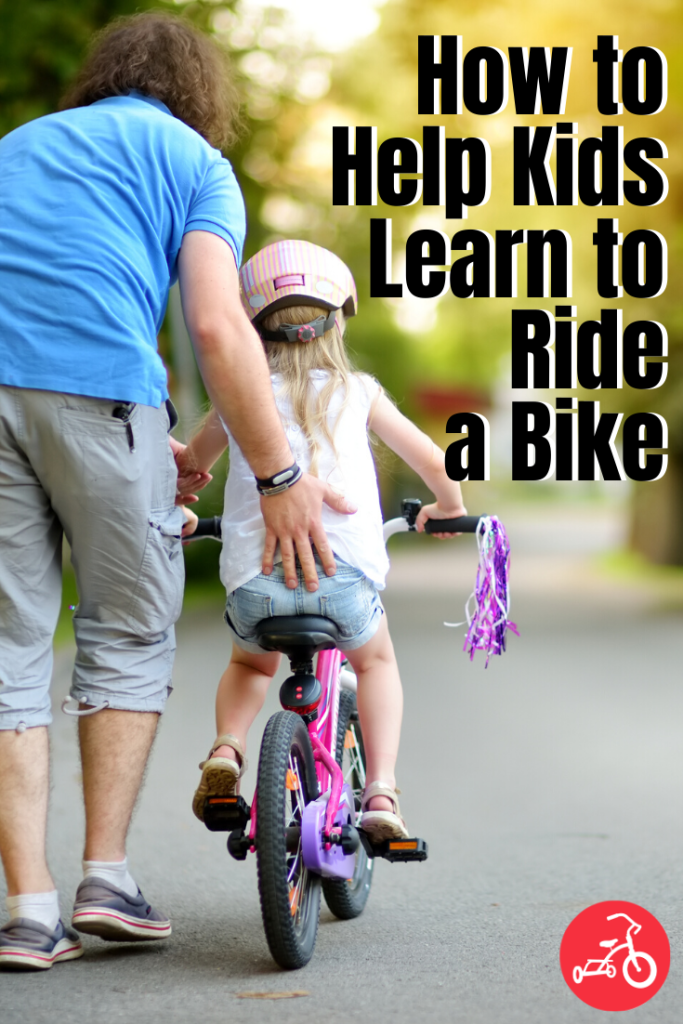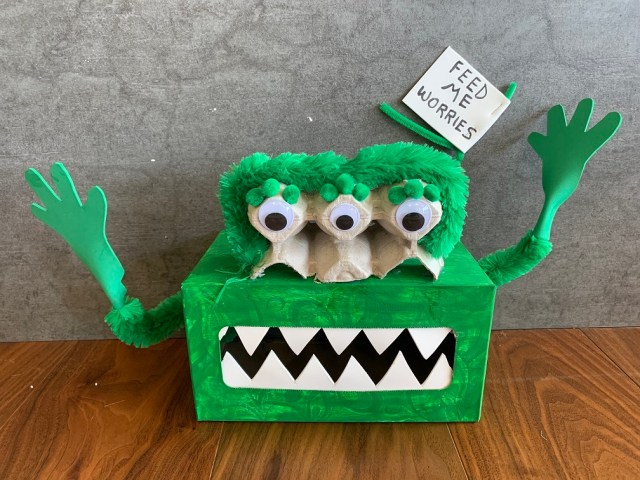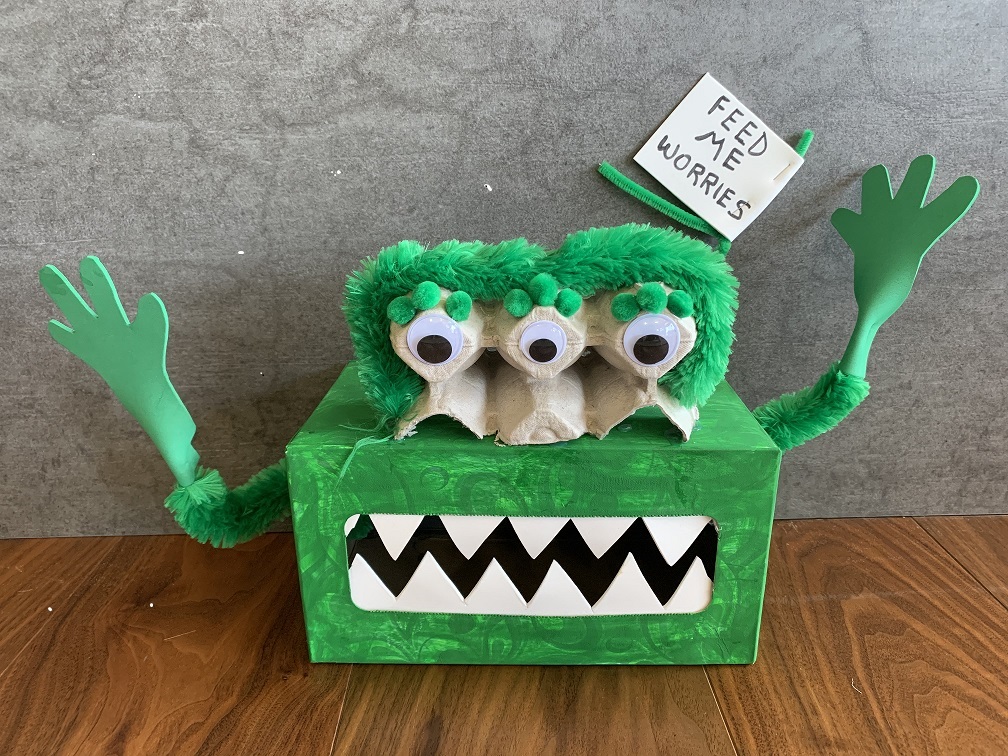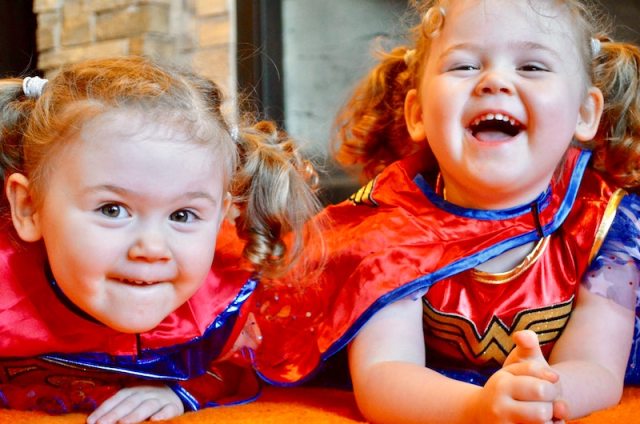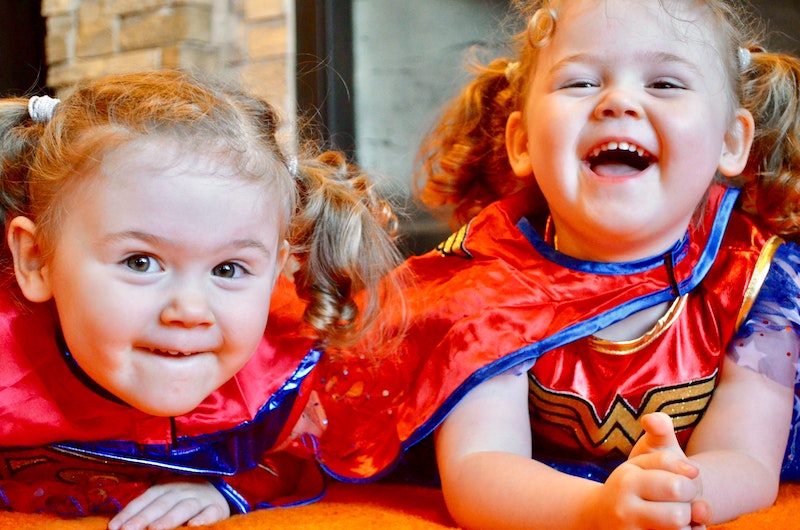These brilliant ideas will help you survive—and even enjoy—your next family adventure
When it comes to a road trip, it’s often about how you get there, not where you’re going. Make sure that journey is memorable for the right reasons with a few tips and road trip hacks we’ve road-tested ourselves. They might not prevent the inevitable “Are we there yet?” but we know they will ease some of the other trials of taking a long car ride with kids. And to mix it up, try our list of car games when they need a break from the screens!
1. Give the kids the map. Hand over your GPS during times of the trip when you actually know where you are going. Let the kids “navigate” and tell you which way to turn. Or hand them a road map and have them help figure out the route. Get tips on teaching kids how to read a REAL map here.
2. Bring enough headphones for each kid. It will ward off any complaining or whining. If your crew likes to listen to or watch the same thing, try BuddyPhones, kid headphones that come with an audio splitter for sharing.
3. Surprise observations. During the trip, have each person write down an observation or memory from the day. If you’re traveling more than one day, do it each day of the journey, there and back. Don’t share what you’ve written until you are home. Then have each family member read out loud their main “thought” for the day. It’s okay if it’s, “I wish we were there” or “I saw a giant clown on the side of the road.” You’ll get some laughs and relive the trip in a new way.
4. Use a shower caddy for mess-free eating. Tired of balancing lunch on your lap? Give each kid—and yourself—a caddy so that meals are contained in one neat place.
5. Stash plastic cutlery and napkins in the glove box. It’ll make eating in the car that much easier.
6. Make a killer playlist. It can make or break a road trip. Trust us. Find family friendly tunes, starting here.
7. Beat the sniffles. Use a rubber band to lash a full tissue box to an empty one. Use the empty one to dispose of used tissues right after using, so they don’t end up all over the car/on the floor/in your snacks.
8. Make up some car bingo. Purchase a stack of ready-made car bingo games, or go the simple route by making a “checklist” of cool things you see on the road. The first person to fill up a checklist gets to pick where you make a pit stop for dinner.
9. Hang a shoe organizer on the back of each front seat. Big kids will be able to reach for books, snacks, and games on their own (and ideally they’ll be able to put everything back, too).
Related: The Ultimate Guide to the American Road Trip
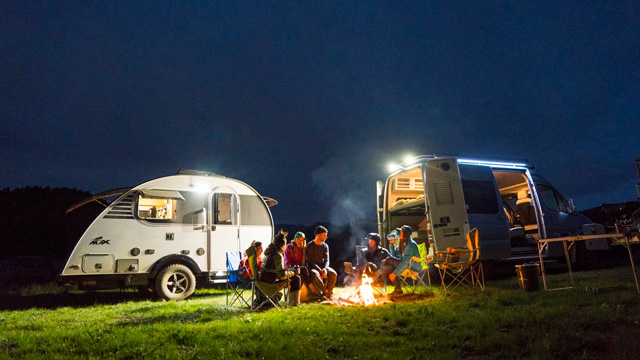
10. Kick off your shoes. For long rides, many kids like to take their shoes off. Let them, but have a bag handy to stash the shoes or keep them by the door of your RV, so they’re easy to find for pit stops.
11. Download Sit or Squat. You’ll be able to scout clean bathrooms on your route. This is a road trip hack you can’t live without.
12. Chuck garbage into a plastic cereal container or old wipes box. They usually have lids so your vehicle won’t smell like Eau de trash. Put them throughout your RV or car!
13. Pack clothes in stackable laundry baskets (instead of suitcases). The idea is that each traveler has their own basket filled with clothes and other belongings (diapers, lovey, etc.). It’s much easier to see if you’re forgetting anything and it’s a cinch to load and unload.
14. For impatient travelers, use “Sticky Note Time Tabs.” How it works: Write increments of time (i.e. 1:15, 2:15, 3:15) on sticky notes and adhere them to the center console below the clock. Kids pay attention to when the clock time matches the sticky note time. When they notice it, you remove the sticky note (and give them a surprise, if you’re feeling generous).
15. Organize a glow stick dance party while driving at night. There’s nothing fun to see out the windows, so might as well bring the fun inside your vehicle. Hip hop hooray to kiddos’ fave tunes and score major brownie points for your efforts.
16. Cover seats with a fitted sheet. Be prepared for a mess by stretching a sheet over the seats. When you get to where you’re going all you have to do is shake the sheet out and BAM!… your ride is spotless once more. One of our more genius road trip hacks if we don’t say so ourselves.
17. Make edible necklaces for the journey. String flavorless floss with things like cereal, grapes, and pretzels. It will fill their bellies and keep them busy at the same time.
18. Get snap happy. Give the kids disposable cameras (or old smartphones) so that they can take pictures of what you’re driving by for a travel log.
19. Let the creative juices flow. Since playdough can get stuck in floorboards (and hair … and under fingernails), bring along a roll of aluminum foil and/or a box of pipe cleaners—both can be molded into shapes, animals, and skyscrapers.
20. Nip car sickness in the bud. If you or your kiddo gets nausea from reading on the road, simply tilt your head from side to side for it to go away. Just try it!
21. When you see a fun road stop… stop! This is how road trip memories are made. If you’re the planning type, visit roadtrippers.com to map out a few awesome layovers, and be sure to check out our favorite roadside attractions, too.
22. Pack a potty. This is an important road trip hack if you’ve got potty-trained littles: Open and lay a disposable diaper into the bottom of a toddler potty. If you’ve got miles to go before the next rest stop, pull over and let them use this—the diaper will soak up a #1 and contain a #2 until you find a proper spot for disposal.
23. Have plenty of other screen-free activities on hand. When your kids are bored of playing car bingo (it’s inevitable), have something else from our list ready to go.
Related: 16 Roadside Attractions You’ve Got to See to Believe
